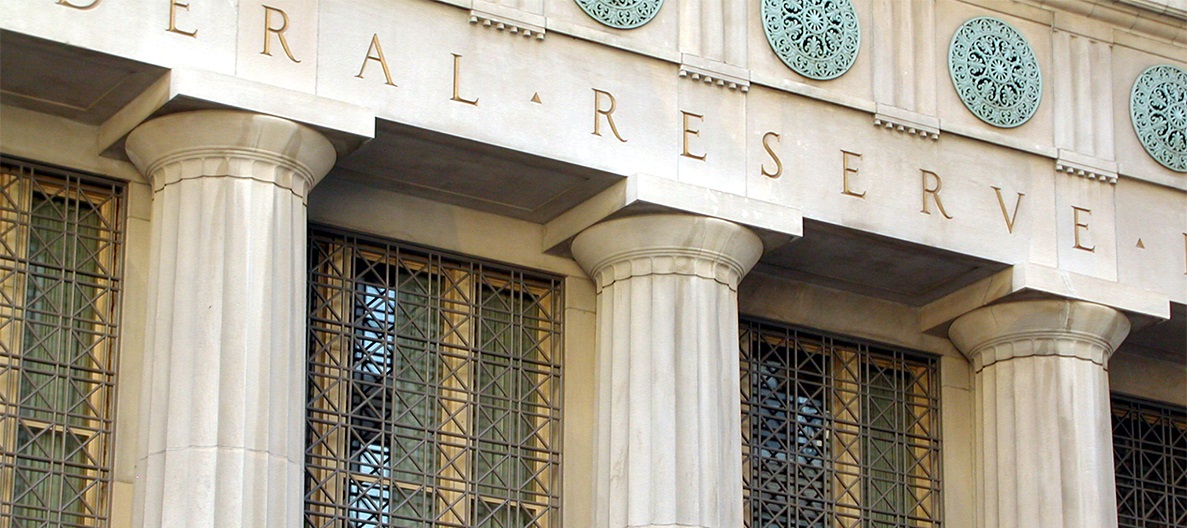by Liz Ann Sonders, Senior Vice President, Chief Investment Strategist, Charles Schwab & Co
Key Points
- The rate cut was widely expected, but the statement had a more hawkish tone than some had hoped for.
- Changes to the FOMC statement were focused on both the positives (labor market and consumer spending) and the negatives (trade uncertainty and the related weakness in business investment).
- Historically, three rate cuts followed by less than two additional cuts (or pauses) have rewarded stocks more than those followed by at least two more cuts.
As expected, the Federal Open Market Committee (FOMC) lowered the federal funds rate by 25 basis points to a range of 1.5% to 1.75%; while hinting it may be in pause mode in the near-term. The committee also lowered the interest rate on excess reserves (IOER) by 25 basis points. As was the case with the prior two rate cuts, both Kansas City Fed President Esther George and Boston Fed President Eric Rosengren dissented—preferring to keep rates unchanged. There was no release of a new set of economic forecasts or rate projections at this meeting, so there is no transparency with regard to how many non-voters on the FOMC felt a rate cut was justified.
Specifically, the FOMC statement no longer contains the pledge to “act as appropriate to sustain the expansion,” while adding a promise to monitor data as it “assesses the appropriate path of the target range for the federal funds rate.” As a basis for cutting rates for the third time this year, the statement cited the implications of trade and other global developments; noting that business fixed investment and exports “remain weak.” But it also highlighted the generally-positive condition of the expansion; with a description of the labor market as “strong,” job gains as “solid,” and household spending rising at a “strong pace.”
Federal Reserve chairman Jerome Powell has been on record saying he did not expect an extended series of rate cuts; but instead has been representing rate cuts as “insurance” for an economy wounded by tariffs, trade uncertainty and weak global growth. Although the three rate cuts this year have done nothing to ease trade uncertainty, they have been a fillip to interest-sensitive sectors of the economy, like housing; as well as providing a boost to the stock market.
Earlier today, we got the initial release of third quarter real gross domestic product (GDP), which came in at 1.9% (slightly above the consensus expectation). The report from the Bureau of Economic Analysis (BEA) showed healthy consumer spending (albeit well down from the prior quarter) and a jump in residential investment; offset by a contraction in business investment.
Since the early-1980s there have been eight interest rate cutting cycles that have had three or more rate cuts. In 1982, 1985 and 1988 the Fed had less than two cuts left after the third one in those cycles and there was no subsequent recession (the 1982 recession was already ending). In those three cases, the stock market performed quite well in the subsequent six months.
In 1984, 1989, 1996, 2001 and 2007, the Fed had at least two cuts left after the third one. In three of those cases (1989, 2001 and 2007) the Fed continued to cut rates due to subsequent recessions. In those five cases, the stock market performed fairly poorly on average (especially following the 2007 third cut).
U.S. stocks moved higher after the announcement. In an internal note from my colleague Kathy Jones, our chief fixed income strategist, she noted that yields were falling for much of the day and there was limited movement in the immediate aftermath of the FOMC announcement. The 10-year treasury yield is holding near the 1.8% level; with an expectation that longer-term rates could move up modestly based on the slightly more hawkish tone to the statement.
In the post-meeting press conference, Powell said that a “material reassessment of our outlook” would represent the bar for another rate cut and that “we’re not thinking about raising rates right now”—certainly suggesting he is ruling out additional rate cuts in the near-term, barring a significant shift in the trajectory of the economy. He was also asked a question about what might cause the Fed to shift back to raising rates; to which he replied that “we’d raise if we saw inflation moving up or likely to move a lot higher, which is not a risk we really see right now.”
Although this commentary was put to bed before the end of the press conference, the clear “on hold for at least a bit” mention added to the more hawkish tone of the statement. Also important was Powell’s comment that “policy is not on a preset course”—showing again that the FOMC will make decisions going forward on a data-dependency basis.
Copyright © Charles Schwab & Co
















